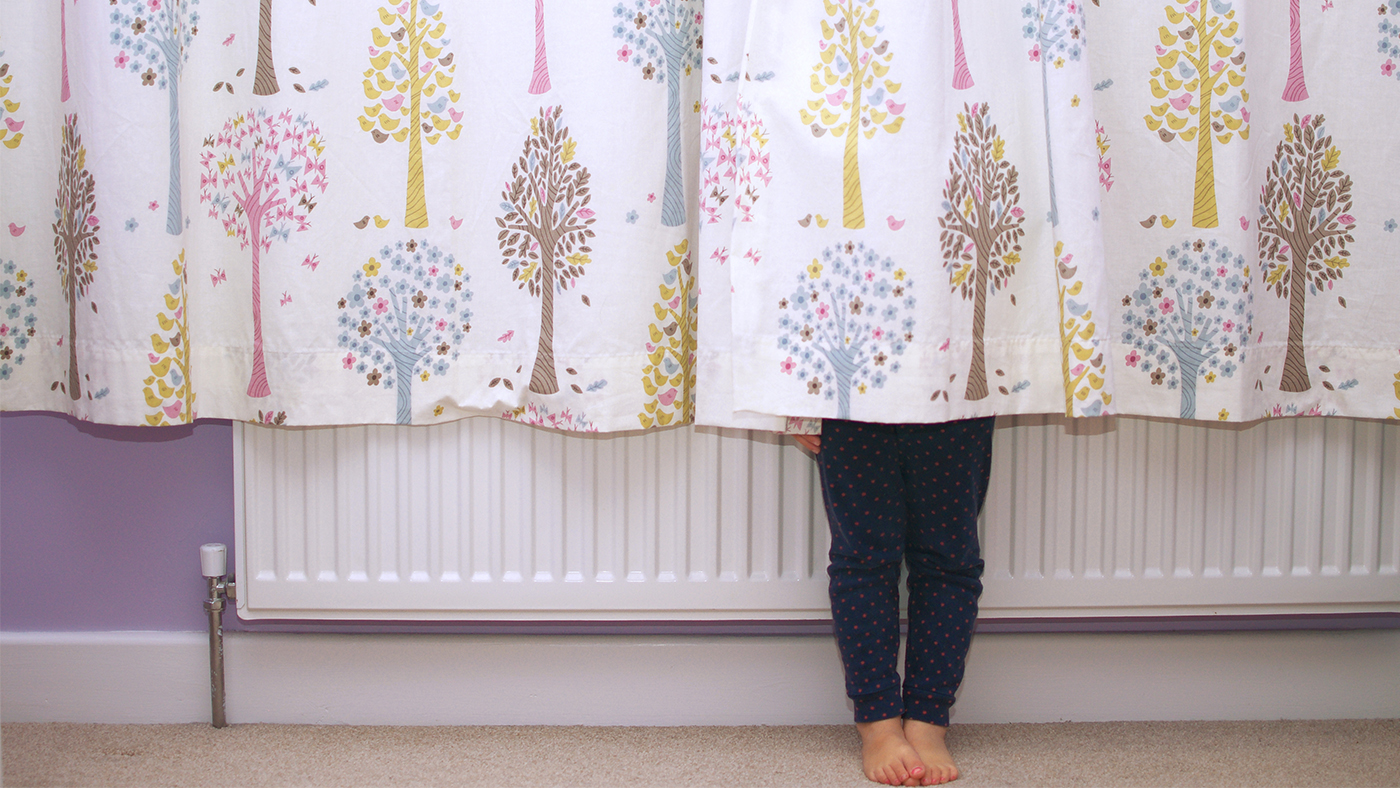Close your eyes, count to 10 and then find why hide-and-seek is so good for your child!

According to Britannica.com, hide-and-seek was first described by a second-century Greek writer, Julius Pollux. It’s a game that has been around for years and is played throughout the world. But did you know, hide-and-seek isn’t just lots of fun, but is also a great way to support your child’s development? Come and find out why...
Hide-and-seek provides opportunities for:
- Counting – your child can practise counting when it is their turn to seek, you could think about what number they need to count up to so everyone has time to hide.
- Body awareness – thinking about where to hide involves body awareness as your child needs to understand how big they are to choose a good place to hide.
- Understanding other people – your child needs to use their growing knowledge of visual perception to think about what other people playing will be able to see.
- Listening and looking – as well as using their body awareness, a game of hide-and-seek involves listening and looking. Your child might hear a giggle and need to focus and think about the direction the giggle came from, or scan the area to see if they can see a foot or an arm sticking out from behind a tree.
- Developing physical control – you might have seen us say that keeping still is one of the most difficult physical skills your child is developing. Keeping still involves controlling many muscles at the same time, so doing it while someone looks for you is really tricky.
- Self-regulation – you probably agree a game of hide-and-seek is lots of fun. During a game of hide-and-seek, your child needs to regulate their emotions to control the urge to giggle, laugh or shout, “I’m here!”
Reference:
The Editors of Encyclopaedia Britannica (undated). Hide-and-seek game. Available at: hide-and-seek | Definition, Rules, & Facts | Britannica